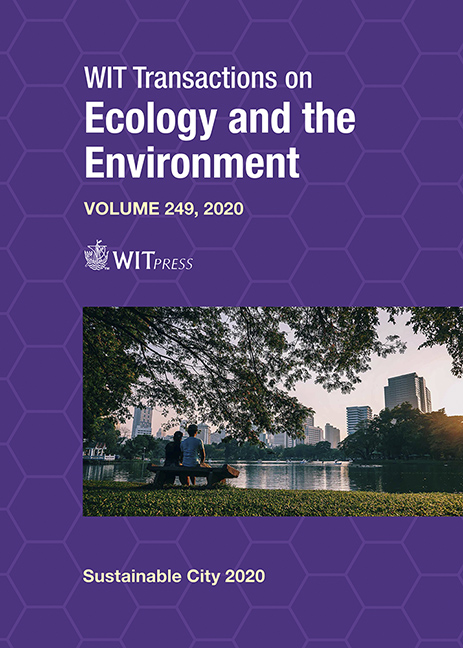HUMANIZING THE VERTICAL CITY: THREE STRATEGIES TO BRING THE GROUND LEVEL CLOSER TO THE CLOUDS
Price
Free (open access)
Transaction
Volume
249
Pages
13
Page Range
57 - 69
Published
2020
Paper DOI
10.2495/SC200061
Copyright
WIT Press
Author(s)
ADRIÁN MARTÍNEZ MUÑOZ
Abstract
The reflection on the contemporary vertical city seems to lack theoretical support that is capable of dealing with density, verticality and complexity following a model that puts the inhabitant in the center. Urban developments, mainly located in the Asian-Pacific cities, are driven by a rising real estate market that builds to speculate and not to inhabit. On the other hand, the planners, surpassed by the urgencies to which they are subjected, project environments that follow the principles of an Athens Charter, published almost 80 years ago. It is time to ask about alternatives capable of addressing the city as an organism of multiple layers and dimensions, which proposes to organize the city in height more freely, richly and more spontaneously. This paper will go over some projects, which are closer to vertical urban planning than to the building itself, which sought the radical multiplication of ground level, elevating the social and the relational away from ground level to find more human growth strategies. The actions analyzed in this text will be strategies such as the shelving of villas as an architectural structure, the location of semi-open spaces such as squares or parks distributed in height, or fragments of cities uprooted from the Earth’s crust and elevated hundreds of meters. Otherwise, concepts such as community, social cohesion and urban fabric will disappear from our cities, losing the greatest value we have as a society: the collective.
Keywords
ground level, public space, vertical city, urban ground, megastructure, stacking





